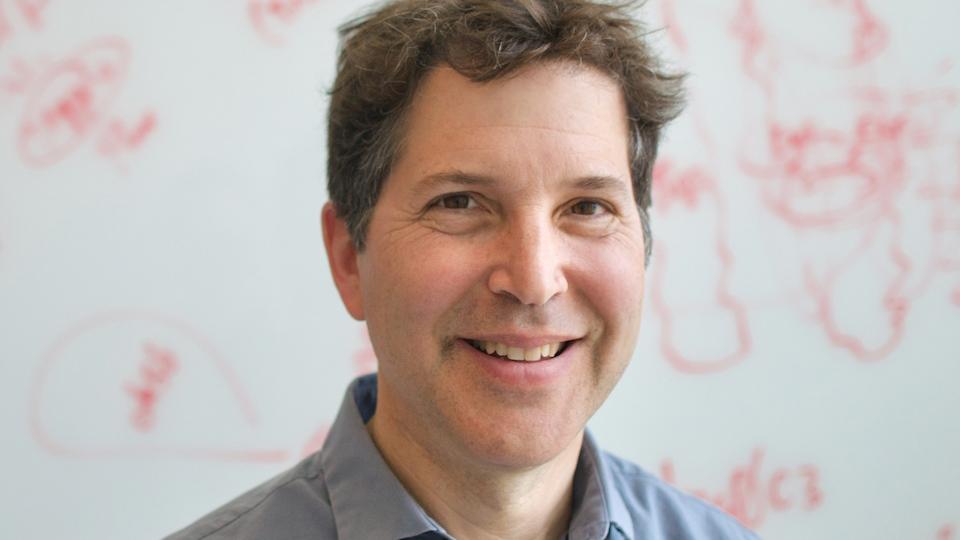JP Morgan: 2015 set to be a big year for advanced therapies

2014 was a watershed year for companies developing gene therapy and genome editing technologies, but 2015 is shaping up to be even better, according to speakers at this week's JP Morgan healthcare conference in San Francisco.
Edward Lanphier, chief executive of Sangamo BioScience and the new chair of the Alliance for Regenerative Medicine (ARM), told the conference that 2014 was a landmark year as it saw the first-ever gene therapy approved for marketing in Europe - UniQure's Glybera (alipogene tiparvovec) for lipoprotein lipase deficiency - and the company swiftly followed that success with a $92 million fundraising.
In fact, there has been something of an explosion in the number of new companies developing regenerative or advanced therapy medicinal products (ATMP) such as gene- and cell-based therapies, with financing for the sector as a whole more than doubling from 2013 to reach $6.3 billion last year.
With 40 approved products from the regenerative medicine/ATMP sector and 650 clinical trials ongoing, the momentum shows no signs of abating and 2015 is likely to see a strong news flow in terms of fundraisings, clinical trial results and partnerships.
"This industry is making a big mark globally," said Lanphier, who noted that there has been an "explosion" of growth in the sector in Japan which has put in place a regulatory environment that allows companies to advance products quickly to conditional approval. There is, however, still a challenging regulatory environment elsewhere in the world, he added.
A panel looking at what will be required to push the sector through clinical and regulatory hurdles followed the plenary.
During the discussions, Thomas Chalberg of Avalanche Biotechnologies - which raised $117 million itself in an initial public offering last summer (IPO) - said the current situation is a far cry from the "darker days" when the technology was being "incubated" by its pioneers, not least because of the issues surrounding ownership of intellectual property (IP).
The importance of consolidating IP was emphasised by Jeffrey Walsh of bluebird bio, who noted that the company operated in "stealth mode" for a number of years as it quietly raised money to try to shore up the IP related to its ex vivo lentiviral gene therapy technology and convert it from an academic, non-optimised platform into an industrial offering.
The comment resonates with the current situation with gene editing, with a number of companies now making chess moves around patents related to the CRISP/Cas9 system, a technology platform that is still in its infancy.
One of these players is Editas Medicine, and the company's chief executive Katrine Bosley said that the power of the platform is its broad utility and robustness, although she cautioned that a considerable "deepening" of knowledge is required before the technology will translate to human therapies.
Among the issues that need resolving is the specificity of the gene editing approach - avoiding editing of non-target genes - as well as the size of the Cas9 system that can make it hard to squeeze in the other required sequences into viral vectors. Work is now ongoing to identify smaller versions of Cas9 that can help tackle that issue, she said, but the overall message is that there is still a lot of work needed to "unlock the potential of the platform".
Looking ahead to the coming few months, panellists painted a bullish picture of the prospects for both their companies and the sector in general.
Larry Bullock, chief financial officer of adeno-associated virus (AAV) gene therapy specialist AGTC, said the next 12 months would see data in its lead clinical projects - treatments for the eye diseases X-linked retinoschisis and achromatopsia - as well as an announcement in the much larger therapeutic category of wet age-related macular degeneration (AMD), a leading cause of blindness.
Krisztina Zsebo of Celladon said its lead AAV-based Mydicar project for systolic heart failure will generate its first clinical data - likely in April – and, if positive, could see the localised gene therapy extended to other forms of heart failure including diastolic dysfunction.
Steven Paul, of recently-formed Voyager Therapeutics, said it would be generating data in its AAV-delivered gene therapy programme in Parkinson's disease, and would be advancing two more programmes in genetic disorder Friedrich's ataxia and the neurodegenerative disease amyotrophic lateral sclerosis (ALS) into the clinic "in the next 24 months".
For bluebird, which is developing ex vivo lentiviral therapies for childhood cerebral adrenoleukodystrophy (ALD) as well as the blood disorders sickle cell anaemia and beta thalassaemia, the questions being asked are starting to change from if its platform can deliver to when, said Walsh.
That means the company now has to think about how it will usher the therapies through the regulatory process and on to the market, and particularly the significant and challenging practicalities of delivering an ex vivo therapy to patients around the world, securing reimbursement and educating the patients about what the company is trying to accomplish.
Avalanche's Chalberg said its sub-retinal AAV-based gene therapy for AMD will generate results from a phase IIa trial due to report by the middle of 2015, with another clinical trial in that indication in the second half of the year. There will also be news on a newer therapy suitable for intravitreal injection in the coming months, he added.
Finally, as the company with the youngest technology on display, Editas has a broader set of issues to face in the next couple of years, said Bosley. The company will have to address not only the scientific and clinical aspects of gene editing as it brings its programmes forward, but also deal with emerging debate on issues such as the ethics of editing genomes.
"There are additional dimensions we need to get right in order to enable the entire field," she told delegates.
Link












